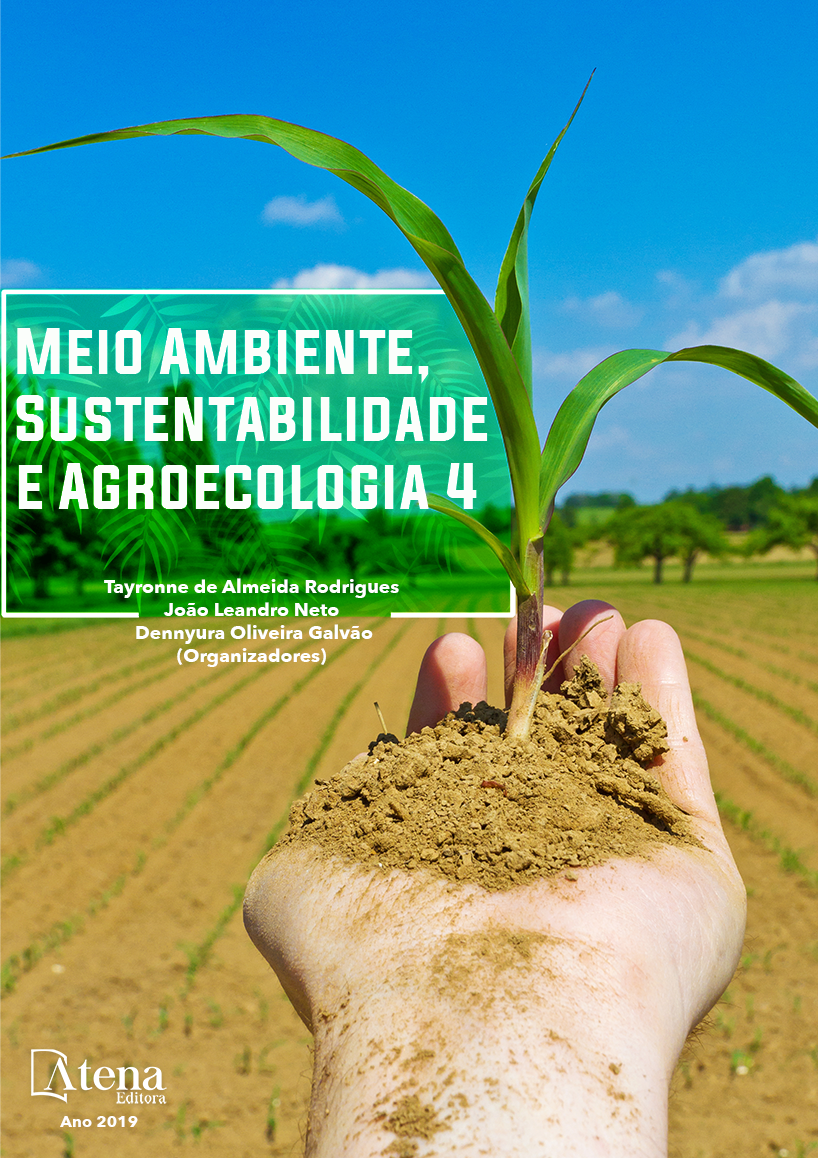
ESTUDO COMPARATIVO DE PEROVSKITAS CATALÍTICAS OBTIDAS POR MÉTODOS QUÍMICOS MOLHADOS PARA CONVERSÃO DOS COV’S
Materiais com estrutura de
perovskita têm boas propriedades e podem
ser aplicados para minimizar a emissão de
compostos orgânicos voláteis (COVs), como o
metano, que são prejudiciais à saúde humana.
Portanto, surge a necessidade de reduzir esses
gases e a perovskita atua convertendo VOC’s
em CO2 e H2O. Neste estudo, as perovskitas
RE (1-x) CaX (Mn ou Co) O3 (RE = La, Pr ou Gd)
(x = 0,2) foram obtidas por diferentes métodos
com controle de composição: Pechini, gelatina
e combustão, nesta ordem. Os materiais
obtidos foram calcinados a 700ºC e 900ºC / 4h
para caracterização estrutural e morfológica por
DRX, MEV e avaliação da atividade catalítica.
O DRX via o método Pechini apresentou a fase
substituída e pelo método gelatina e combustão
apresentaram não substituição e formação de
fases de óxidos nas duas temperaturas. Os
resultados do MEV apresentaram materiais
porosos e homogêneos para todas as rotas.
A avaliação catalítica a 800ºC para síntese
de Pechini mostrou uma conversão na reação
de combustão de metano em CO e H2O em
torno de 99%, e com rampas de aquecimento
e resfriamento similares, não havendo
desativação do catalisador durante o processo,
e por gelatina mostrou um conversão de 77% a
800ºC na rampa de aquecimento e resfriamento,
com diminuição da estabilidade com o passar
do tempo reacional. A amostra de combustão
apresentou características semelhantes, sendo
favorável à conversão catalítica de COVs.
ESTUDO COMPARATIVO DE PEROVSKITAS CATALÍTICAS OBTIDAS POR MÉTODOS QUÍMICOS MOLHADOS PARA CONVERSÃO DOS COV’S
-
DOI: 10.22533/at.ed.3091916042125
-
Palavras-chave: Palavras chaves: Perovskita, COV’s, Método, Catalise.
-
Keywords: Perovskite, VOC’s, Method, Catalysis.
-
Abstract:
Materials with perovskite structure
have good properties and can be applied
to minimize the emission of volatile organic
compounds (VOCs) such as methane, which
are harmful to human health. Therefore, the
need to reduce these gases arises and the
perovskite acts by converting VOCs into CO2
and H2O. In this study, the perovskites RE(1-x)
CaX(Mn or Co)O3 (RE= La, Pr or Gd) (x=0.2)
were obtained by different composition control
methods: Pechini, gelatin and combustion, in
Meio Ambiente, Sustentabilidade e Agroecologia 4 Capítulo 25 240
this order. The obtained materials were calcined at 700ºC and 900ºC/4h for structural
and morphological characterization by XRD, SEM and evaluation of the catalytic activity.
The XDR by Pechini presented the substituted phase and by gelatin and combustion
presented non-substitution and formation of oxides phases at both temperatures. SEM
results presented porous and homogeneous materials for all routes. The catalytic
evaluation at 800ºC for Pechini synthesis showed a conversion in the combustion
reaction of methane in CO, and H2O around 99%, and with similar heating and cooling
ramps, there being no deactivation of the catalyst during the process, and by gelatin
showed a conversion of 77% to 800ºC in the heating and cooling ramp, with a decrease
of stability with the passing of the reaction time. The combustion sample presented
similar characteristics, being favorable for catalytic conversion of VOCs.
-
Número de páginas: 15
- Anderson Costa Marques
- Alexandre de Souza Campos
- Felipe Olobardi Freire
- Filipe Martel de Magalhães Borges
- Juan Alberto Chavez Ruiz
- Cássia Carla de Carvalho


